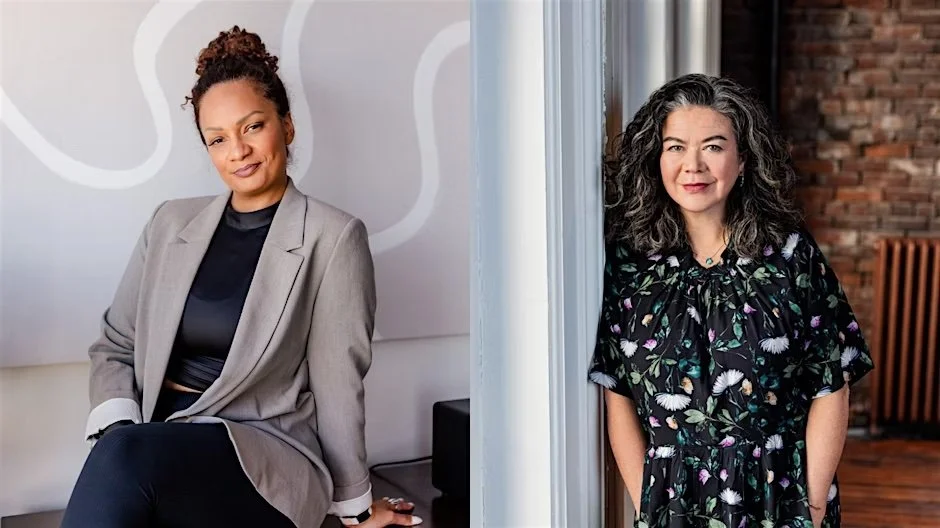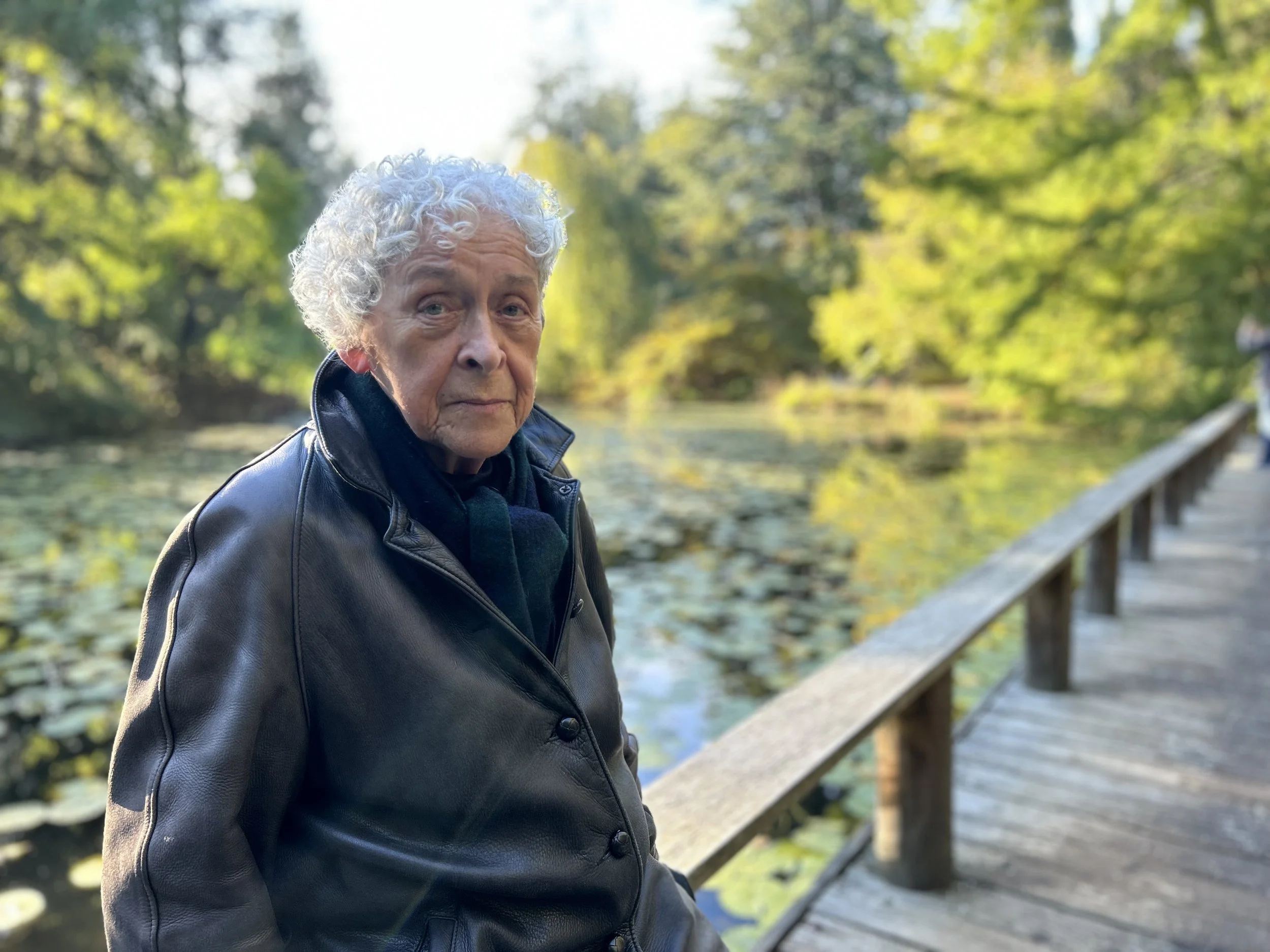Stir Q&A: In Hiromi Goto's new graphic novel, Shadow Life, the older Asian woman is a fierce queer hero
The local writer draws inspiration from her own grandmother for her book, which is illustrated by Ann Xu
Written by Hiromi Goto. Shadow Life is illustrated by Ann Xu.
A 76-YEAR-OLD widow is the central figure in Shadow Life (First Second), a new graphic novel by local poet and novelist Hiromi Goto. Kumiko is a character indeed—fierce, determined, proud, mischievous, strong, and fun. Even if she drives at least one of her adult daughters crazy, she comes across as someone you wish you could sit down with over a cup of tea.
After Kumiko’s well-meaning grown children place in her in an assisted-living home, she quickly concludes it’s not for her. She ends up landing her own bachelor pad and along with it, newfound freedom. The only entity she can’t defy is the one none of us can: Death’s shadow. Through her later-in-life experience, her kids end up discovering more about their mom and her story.
Shadow Life is Goto’s first graphic novel. Her previous works include Chorus of Mushrooms, The Kappa Child, a book of poetry, a collection of short stories, and novels for children and youth.
To bring her story to evocative life, she turned to Baltimore-based artist Ann Xu, whose vivid illustrations are seemingly simple yet loaded with drama and vivid emotion.
Stir connected with Goto to hear more about Shadow Life, the manuscript for which she finished writing a decade prior to the book’s recent release.
Has the storyline taken on new resonance since it was first written? If so, how?
I was at a different life stage when the manuscript was completed. Since that time we find ourselves in the midst of a pandemic and a wave of anti-Asian violence fueled by white supremacy…. Harrowing times.
In the opening scenes of Shadow Life, the protagonist, Kumiko, flees a seniors’ housing complex because she’s felt death lurking there. It didn’t feel right to her. Some of the plot points in the story take on a more somber and urgent resonance in a way I had not foreseen—seniors’ homes have become a fraught and tragic site during this pandemic.
As we see and hear of more people of Asian descent in North America being targeted and attacked by racist cowards, I am so glad to have written story of a bold Asian elder who lives life fully and defiantly.
Had you always intended it to be a graphic novel? How did this creative decision come to be? How did you end up connecting with Ann? I love the crows!
I was curious about the graphic novel form—my children were very much into manga, and I had started reading adult graphic novels and I was intrigued. I wanted to challenge my ways of thinking and writing and to try it out myself.
The constraints of the visual format preclude certain elements of narrative storytelling. In literary novels, you can carry a lot through narration and character interiority, but not so much in a visual story form. The story needs to be expressed a great deal through characters in settings both doing and saying things. And not saying for too long because it has to fit in a bubble! I approached it like I thought a screenplay would be written. And guesstimated how long each chapter should be. Next time, I will write a little less. Because I was shocked by how long the story became in illustrated form and felt bad for Ann, who ended up drawing out 353 pages…. Ann Xu is not only an incredibly talented artist, but she is professional, strong and committed! What a trouper! My editor at First Second and I discussed who we would like to work with on this project and we were so lucky and grateful that she agreed to come aboard!
Why was it important to you to centre this story on a fierce, wonderful, older, queer Asian woman?
I have been committed to centring my novels on Asian Canadian women since I started publishing in the early 1990s. Then and now. And the foreseeable future. Currently there are more diverse stories compared to when I first started out, but mainstream heteronormative forces still often resort to reductive depictions of “Asianness”, queer people, and elders. Often, seniors are treated as the butt of a joke. There’s such a strong disconnect with ageing in North American mainstream culture. I think it’s very important that we center more elderly women of colour in stories. I can think of many films that have an old white man as an important character/curmudgeonly hero (who is often paired with a young friend); very few that centre an old, white woman. Almost none at all that centre on an old woman of colour. Queer people have been queer since forever. <heart emoji> But homophobia is rampant across all cultures and often queerness in older generations becomes invisibilized. As if queerness is just this thing young people come up with every generation…. We need queer heroes. Queer heroes of all ages and ethnicities.
Hiromi Goto. Photo by Dana Putnam
I imagine this could be a book in and of itself, but you mention in your author’s note that you hope to be like your grandmother who raised you. What were some of her traits that you aspire to?
My obaachan was the toughest and most stable person I’ve ever known. I was just telling my mother today that she was like this boulder in the middle of a fast river. The fast river of life, and all of its challenges, blows, hurts and sorrows. Obaachan was unflinching, solid, and resolute. I could never be a strong as her, but I look to her as a beacon. A guide. On how I might try to be when the river rages. She was also kind, humble, and modest. She had the most beautiful smile. I will never be the half of who my grandmother was. But I can try.
What else is on your mind about the book right now?
I’ve spoken a lot about struggles and bigotries that need to be resisted, but I want to end with joy. There is so much structurally entrenched injustice all over the world that wreaks violence upon many peoples. There is also a fierce need for beauty and joy. I hope that this book will bring a little of that light into people’s hearts. And that every day beauty and joy light up people’s lives when they need it the most.
Shadow Life.
















